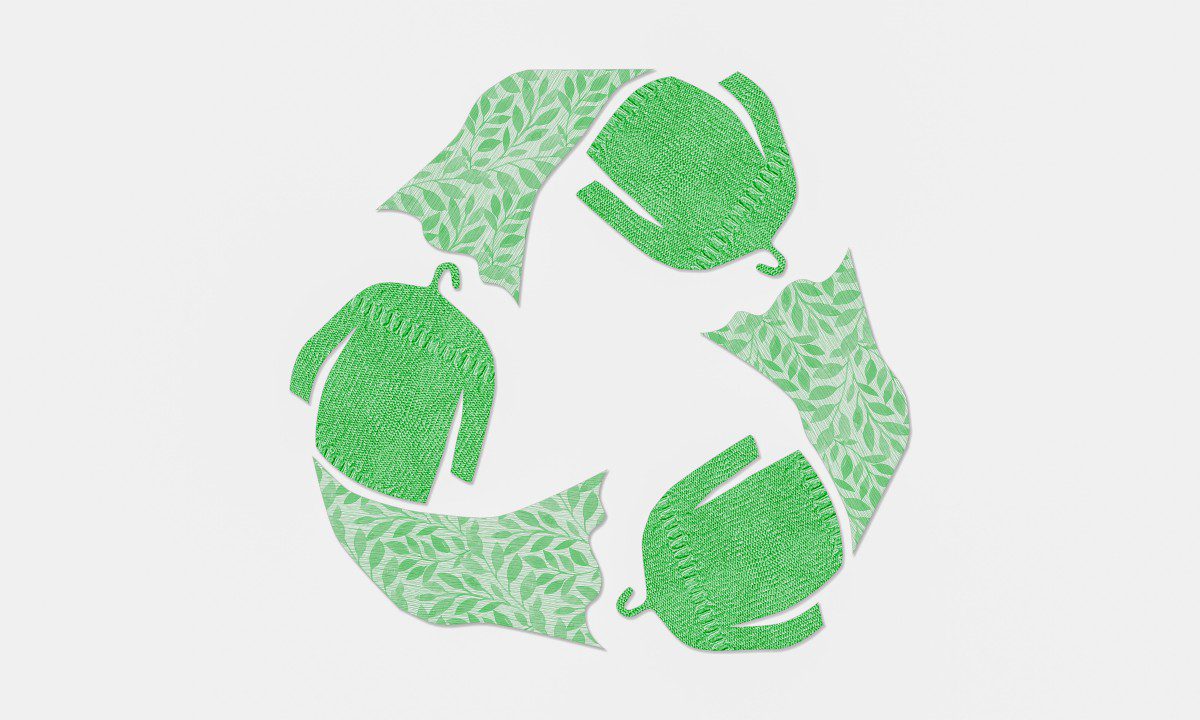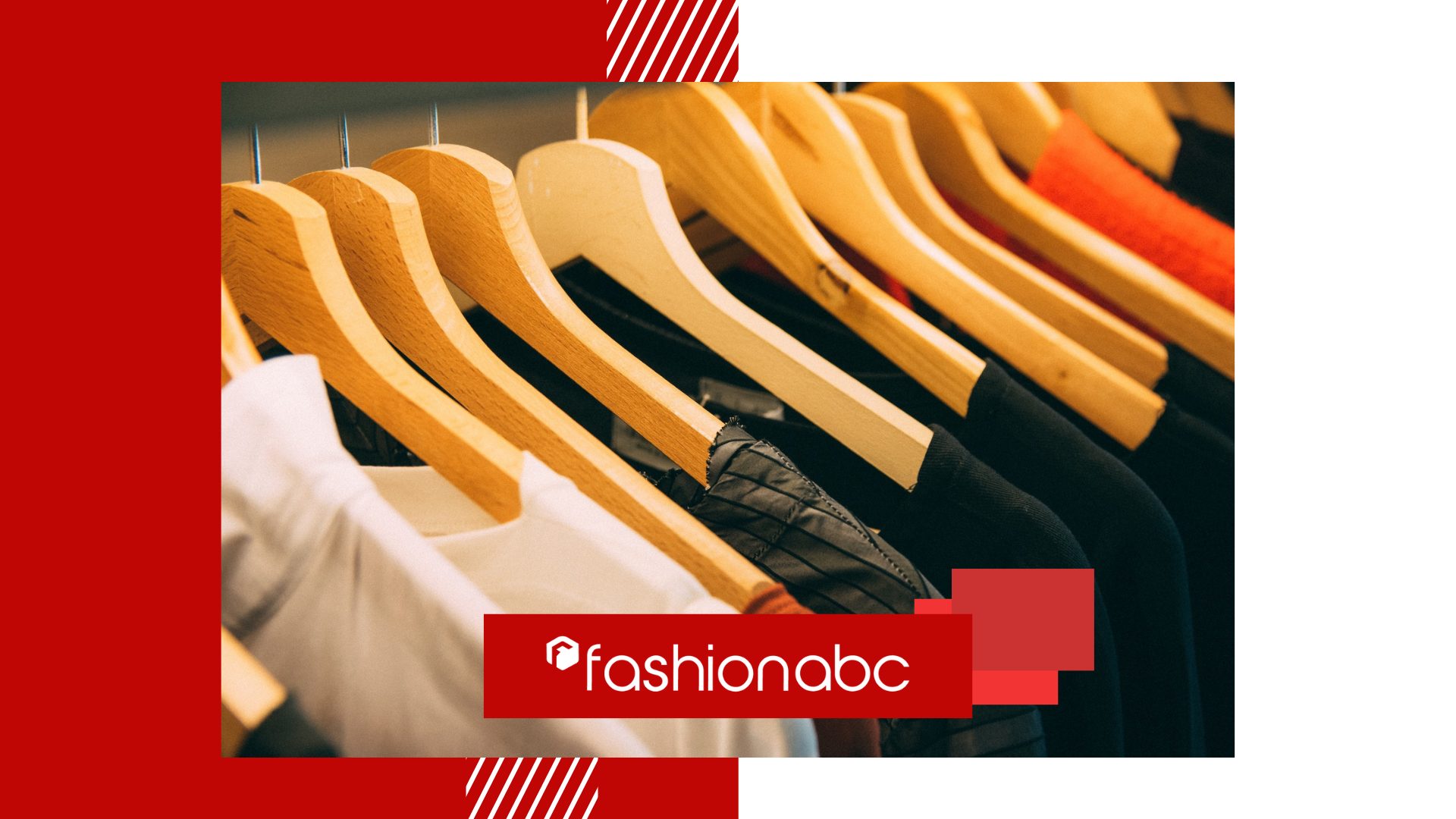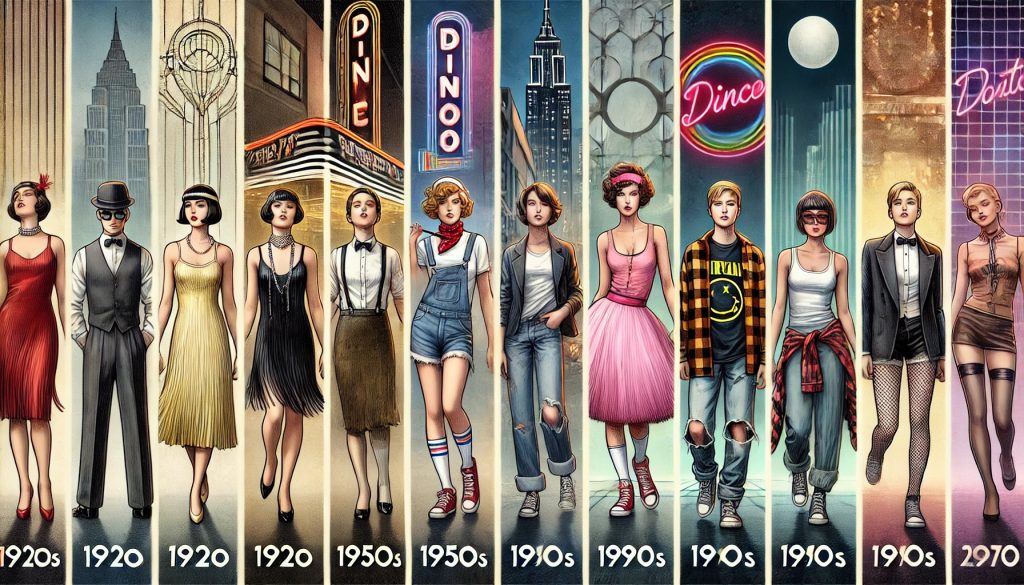From the rise of eco-conscious designs to the growing influence of digital innovation, the fashion industry is adapting to meet the expectations of a more informed and diverse audience. How does the evolving landscape of fashion trends blur the boundaries between streetwear and high fashion? How are the basic principles of personalisation and inclusivity reshaping the fashion world?

The Evolving Landscape of Fashion Trends
Fashion trends are constantly evolving with each passing season, driven by a variety of factors that influence both fashion designers and consumers alike. Seasonal trends are shaped by the latest runway shows, fashion weeks, and high-profile designers who set the tone for what’s “in” during a particular period.
However, as the weather shifts, so do the fabrics, colours, and styles, with lighter materials like cotton and linen dominating spring and summer collections, while heavier fabrics like wool and velvet take centre stage in fall and winter. This cyclical nature of fashion ensures that consumers have fresh options tailored not just to seasonal conditions but also to current aesthetic preferences, which can be heavily influenced by global events, pop culture, and social movements.
The evolving landscape of fashion trends is a direct function of shifting consumer preferences, which evolve due to changing lifestyles, attitudes, and values. As society becomes more conscious of sustainability, for instance, there has been a noticeable shift toward eco-friendly and ethically produced clothing. Likewise, the rise of athleisure reflects a growing demand for comfort and versatility, as people balance active lifestyles. Brands that stay attuned to consumer preferences are more likely to succeed, as they can adapt their offerings to reflect not only the aesthetics people desire but also the values they hold dear.
The evolving landscape of fashion trends also attributes to the integration of technology, which is revolutionising how fashion trends emerge and how apparel and accessories are designed, produced, and consumed. From virtual fashion shows to smart textiles, the future of fashion is as much about technological innovation as it is about aesthetics. As we delve into the top trends defining this new era of fashion, it becomes clear that the industry is not only responding to but actively shaping cultural, environmental, and technological shifts.
Related Content:
The evolving landscape of fashion trends at a glance
Sustainable Fashion

Sustainability has become a cornerstone of the fashion industry
Is sustainable fashion a buzzword? No. Per Vogue: “It’s an umbrella term for clothes that are created and consumed in a way that can be, quite literally, sustained, while protecting both the environment and those producing garments. That’s why cutting CO2 emissions, addressing overproduction, reducing pollution and waste, supporting biodiversity, and ensuring that garment workers are paid a fair wage and have safe working conditions, are all crucial to the sustainability matrix.”
Sustainability has become a cornerstone of the evolving fashion industry, driven by both consumer demand and industry innovation. As environmental concerns take centre stage, fashion brands are responding by creating eco-conscious clothing that focus on reducing waste, using sustainable materials, and promoting ethical labour practices.
Sustainable fashion is no longer a niche segment of the industry; it is now a mainstream movement that reflects a global shift towards responsible consumption. Labels like Stella McCartney and Patagonia have led the charge by making environmental stewardship a core part of their business, while high-street fashion brands are also adopting sustainable initiatives, such as using organic cotton or recycled materials in their collections.
The rise of slow fashion contrasts sharply with the fast fashion culture that has dominated the past few decades. Consumers are becoming more aware of the negative environmental impact of mass-produced, low-cost garments that are often discarded after only a few wears. Instead, many are opting for timeless, durable pieces that can be worn season after season. This shift benefits the environment and also encourages a deeper appreciation for craftsmanship and quality, making sustainability not just a trend but a lasting value in the fashion world.
Gender-Fluid Fashion
Sartorial rules are meant to be broken… particularly gender fluid fashion, which continues to break down traditional boundaries with apparel that transcends the binary concept of gender.
Fashion brands and designers are embracing designs that encourage self-expression without the constraints of male or female labels. For instance, Gucci frequently showcases androgynous pieces that blur the lines between menswear and womenswear. Their runway collections feature fluid silhouettes, oversized blazers, and bold prints, regardless of gender. Meanwhile, brands like Telfar have made waves by producing unisex pieces, such as their Shopping Bag, marketed as “Not for You, For Everyone,” emphasising inclusivity.
Fast fashion brands like Zara and H&M have also entered the gender fluid fashion space, offering collections with relaxed fits, neutral tones, and minimalistic designs that appeal to a broad spectrum of consumers. These collections allow individuals to choose pieces based on their personal style rather than societal expectations tied to gender.
The rise of gender fluid fashion is not only about aesthetics but also represents a cultural shift towards more inclusive and progressive values, with fashion serving as a tool for people to express their identities in more authentic and liberating ways. This trend is not just about aesthetics but also about challenging the conventional rules of who can wear what. Celebrities like Harry Styles and Billie Eilish, known for their gender-fluid fashion choices, have further popularised this movement, making it aspirational for a younger generation.
As fashion continues to evolve, the concept of gender-neutral dressing is expected to become a permanent and influential part of the industry’s future.
Technical Outdoor Clothing
Per McKinsey The State of Fashion 2024: ‘Technical outdoor clothing and ‘gorpcore’ are in demand as consumers embrace healthier lifestyles. In 2024, more outdoor brands are expected to launch lifestyle collections. At the same time, lifestyle brands will likely embed technical elements into collections, blurring the lines between functionality and style.’
The trend of technical outdoor clothing has gained significant traction in recent years, driven by the increasing demand for high-performance gear that blends functionality with style. Consumers today seek versatile clothing that can withstand extreme weather while offering comfort and aesthetic appeal. Technical outdoor clothing is designed with advanced materials and innovative technologies that provide features like moisture-wicking, temperature regulation, and water-resistance. The trend is gaining popularity with a growing interest in outdoor activities like hiking, climbing, and cycling, where the need for durable, weather-proof garments is essential.
This trend also taps into the broader movement of athleisure, as technical outdoor clothing becomes more integrated into casual, urban wardrobes. As people prioritise sustainability and longevity in their fashion choices, they are drawn to technical garments that are not only practical but also designed to last. These pieces often combine sleek, minimalist aesthetics with cutting-edge technology, making them attractive for both outdoor enthusiasts and those seeking versatile, high-performance fashion.
Vintage and Retro Revival
The resurgence of vintage and retro fashion, driven by social media and sustainability, continues to make waves. Whether it’s the bold prints of the 1970s, the oversized silhouettes of the 1980s, or the grunge aesthetic of the 1990s, designers are constantly drawing inspiration from the past.
The resurgence of vintage fashion is majorly due to the growing appreciation for nostalgia, as consumers seek to incorporate iconic looks from bygone eras into their modern wardrobes. Vintage pieces are not only seen as timeless but also as a form of sustainable fashion, promoting the idea of reusing and upcycling rather than constantly buying new items. The popularity of thrift shopping and vintage boutiques has surged in recent years, fueled by a desire for unique, one-of-a-kind pieces that carry history and character. Social media platforms like Instagram and TikTok have played a significant role in this trend, with influencers showcasing their retro-inspired outfits and DIY upcycling projects.
As a result, many historic fashion houses, such as Chanel, YSL and Dior, regularly study into their own archives, reinventing old motifs, silhouettes and vintage prints, and weaving them into new collections. Throughout fashion history, too, several iconic runway collections have boldly embraced vintage and retro styles, combining nostalgia with contemporary design. For example, Gucci Fall Winter 2015, under Alessandro Michele, reimagined 1970s bohemian looks with bold prints, velvet suits, and oversized glasses, making a significant impact on modern fashion. Similarly, Prada Spring Summer 2012 drew heavily from the 1950s, showcasing car motifs, full skirts, and retro sunglasses that evoked a glamorous, vintage aesthetic. Jean Paul Gaultier also famously revived ’80s punk and club culture in his Spring Summer 2011 collection, combining vintage silhouettes with modern twists.
Minimalism and Capsule Wardrobes
While bold and extravagant styles often dominate fashion headlines, minimalism has quietly become a powerful trend in recent years. The minimalist fashion movement emphasises simplicity, quality, and functionality, encouraging consumers to invest in versatile, timeless pieces rather than fleeting trends. The concept of a capsule wardrobe—where a small, curated selection of clothing can be mixed and matched to create a variety of outfits—has gained widespread appeal, particularly among those looking to reduce clutter and focus on essential, high-quality garments.
Minimalism in fashion is a response to the overconsumption and fast fashion cycles that have characterised the industry for decades. By embracing fewer, better-quality items, consumers are encouraged to buy less and wear more, aligning with both sustainability values and a more mindful approach to personal style. Designers like The Row and Celine have become synonymous with this minimalist aesthetic, offering clean lines, neutral palettes, and timeless silhouettes that transcend seasons.
FAQs on integrating sustainability into our daily wardrobe

Integrating sustainability into our daily wardrobe
What does sustainable fashion mean?
Sustainable fashion refers to clothing designed, manufactured, and consumed in a way that minimises environmental impact and promotes social responsibility.
How can I start building a sustainable wardrobe?
Begin by evaluating your current wardrobe, keeping versatile pieces, and donating or recycling items you no longer wear. Focus on quality over quantity.
What materials should I look for?
Opt for natural, organic, or recycled materials such as organic cotton, linen, Tencel, hemp, or recycled polyester, which have a lower environmental impact.
How can I support ethical brands?
Research brands that prioritise sustainable practices, such as fair labor conditions, eco-friendly materials, and transparent supply chains. Look for certifications like Fair Trade or GOTS.
Is thrift shopping a sustainable option?
Yes! Thrift shopping extends the life of clothing and reduces waste by giving pre-owned items a new home.
How can I care for my clothes to make them last longer?
Follow care instructions carefully, wash less frequently, air dry when possible, and store them properly. Small repairs can also extend their lifespan.
What should I do with clothes I no longer wear?
Consider donating, selling, or recycling them. Some brands also offer take-back programs where you can return old items for recycling.
Are there specific brands known for sustainability?
Yes, brands like Patagonia, Everlane, Reformation, and Eileen Fisher focus on sustainable practices. Research others that align with your values.
Can I make sustainable choices on a budget?
Absolutely! Look for sales at sustainable brands, shop second-hand, or swap clothes with friends. Investing in fewer, high-quality items can also save money over time.
How can I stay informed about sustainable fashion?
Follow sustainable fashion blogs, join social media groups, and subscribe to newsletters focused on eco-friendly practices to stay updated on trends and brands.
FAQs on integrating technology into our daily wardrobe
What is smart clothing?
Smart clothing incorporates technology into fabrics or garments to enhance functionality, such as tracking health metrics, regulating temperature, or connecting to devices.
How can I track my fitness with my clothing?
Look for activewear that includes built-in sensors or integrates with fitness apps to monitor metrics like heart rate, steps, and calories burned.
Are there clothes that can change style or color?
Yes, some brands offer color-changing fabrics or garments that can be customized through smartphone apps, allowing you to change the design at will.
What is a smart jacket?
A smart jacket can connect to your smartphone, allowing you to control music, receive notifications, or even navigate through gestures.
How can I keep my devices charged on the go?
Consider clothing with built-in charging capabilities, such as jackets with solar panels or pockets for portable chargers.
What are some benefits of using wearable technology?
Wearable technology can enhance fitness tracking, monitor health indicators, provide notifications, and improve convenience in daily activities.
Are there eco-friendly tech clothing options?
Yes, some brands focus on sustainable materials while integrating technology, such as recycled fabrics or low-energy electronics.
How can I clean tech-integrated clothing?
Follow the manufacturer’s care instructions closely, as many tech garments require special washing techniques to avoid damaging electronics.
What are smart shoes?
Smart shoes can track your steps, monitor your gait, and even provide feedback through connected apps, helping you improve your fitness routine.
How can I integrate technology without losing style?
Look for versatile pieces that combine technology with contemporary design, ensuring you can express your personal style while benefiting from tech features.
Final thoughts
The evolving landscape of fashion trends demonstrates that the industry is not static but rather a reflection of broader cultural, environmental, and technological changes. The most successful fashion brands and designers are advancing sustainability, managing risks, and meeting financial goals. Overall, the industry is preparing for a strategically complex year, building resilience to tackle challenges while positioning themselves to accelerate growth once the uncertainty subsides.
Read More:
Jasmeen Dugal is Associate Editor at FashionABC, contributing her insights on fashion, technology, and sustainability. She brings with herself more than two decades of editorial experience, working for national newspapers and luxury magazines in India.
Jasmeen Dugal has worked with exchange4media as a senior writer contributing articles on the country’s advertising and marketing movements, and then with Condenast India as Net Editor where she helmed Vogue India’s official website in terms of design, layout and daily content. Besides this, she is also an entrepreneur running her own luxury portal, Explosivefashion, which highlights the latest in luxury fashion and hospitality.











